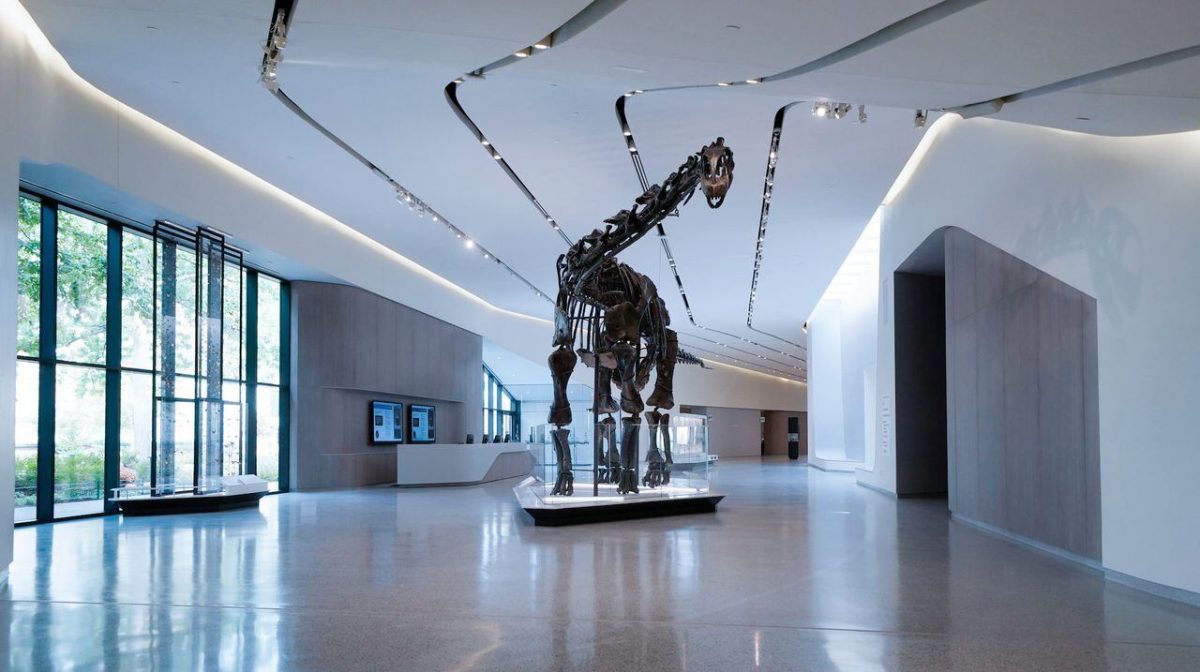The Cleveland Museum of Natural History recently unveiled the latest stage in its ongoing redevelopment efforts: the opening of its Visitor Hall. As a result, many famous exhibits have returned, all of which are accessible to Case Western Reserve University students.
The museum, while only founded in 1920, dates back to a scientific society called the Ark. One of the founding members of this collection was Leonard Case, whose son endowed the Case School of Applied Science upon his father’s death. The museum itself moved further east from downtown, and in the 1950s, it settled on Wade Oval in University Circle.
One of the principal goals of its expansion was to “[weave] together the original museum building and six disparate expansions from the past century into a unified complex.” This is accomplished with the new Visitor Hall, a space which now connects different parts of the museum together. This is done with a bright modern structure and floor-to-ceiling windows that wrap around the structure.
The project is slated to include a “new self-guided interactive space,” a hands-on teaching area and redevelopment to its environmental courtyard and theater spaces.
The DLR Group, the architects behind the project, have previously left their mark on the University Circle area through their work on the Maltz Performing Arts Center and the Health Education Campus’ Samson Pavilion and Dental Clinic.
When asked about what makes the building so special, the architecture firm said, “Drawing on the history of glaciation on the [m]useum’s site and in the region, the design’s curving white forms of glass fiber reinforced concrete evoke the alluvial forms shaped from the glaciers that created Lake Erie and the Great Lakes.”
With the new Visitor Hall open, many of the museum’s most celebrated objects, including the smiling sauropod—a dinosaur known as “Happy”—are not only open to the public, but also free of charge.
The newly renovated cafeteria called Origins Café is inside the new Visitor Hall, which now accepts CaseCash.
However, many parts of the museum still remain inaccessible to the general public. This includes exhibits dedicated to Tyrannosaurus rex and Edmontosaurus dinosaurs, human and planet origins and an observatory. These exhibits are all still under construction and renovation.
Critics and reviewers note how the new expansions will be more than just the previous “larger galleries” and instead thematically-based exhibits that are hopefully more immersive. The goal is that they will be based on scientific story as opposed to linear chronological order.
The museum has been under reconstruction since 2021, meaning that only students who are set to graduate at the end of this academic year would have had the theoretical opportunity to see the full collection. While some of the museum’s recent success has brought back some of the awe and legacy to the museum, until the full project can be completed, current CWRU students are left to their imaginations as to what used to exist.



